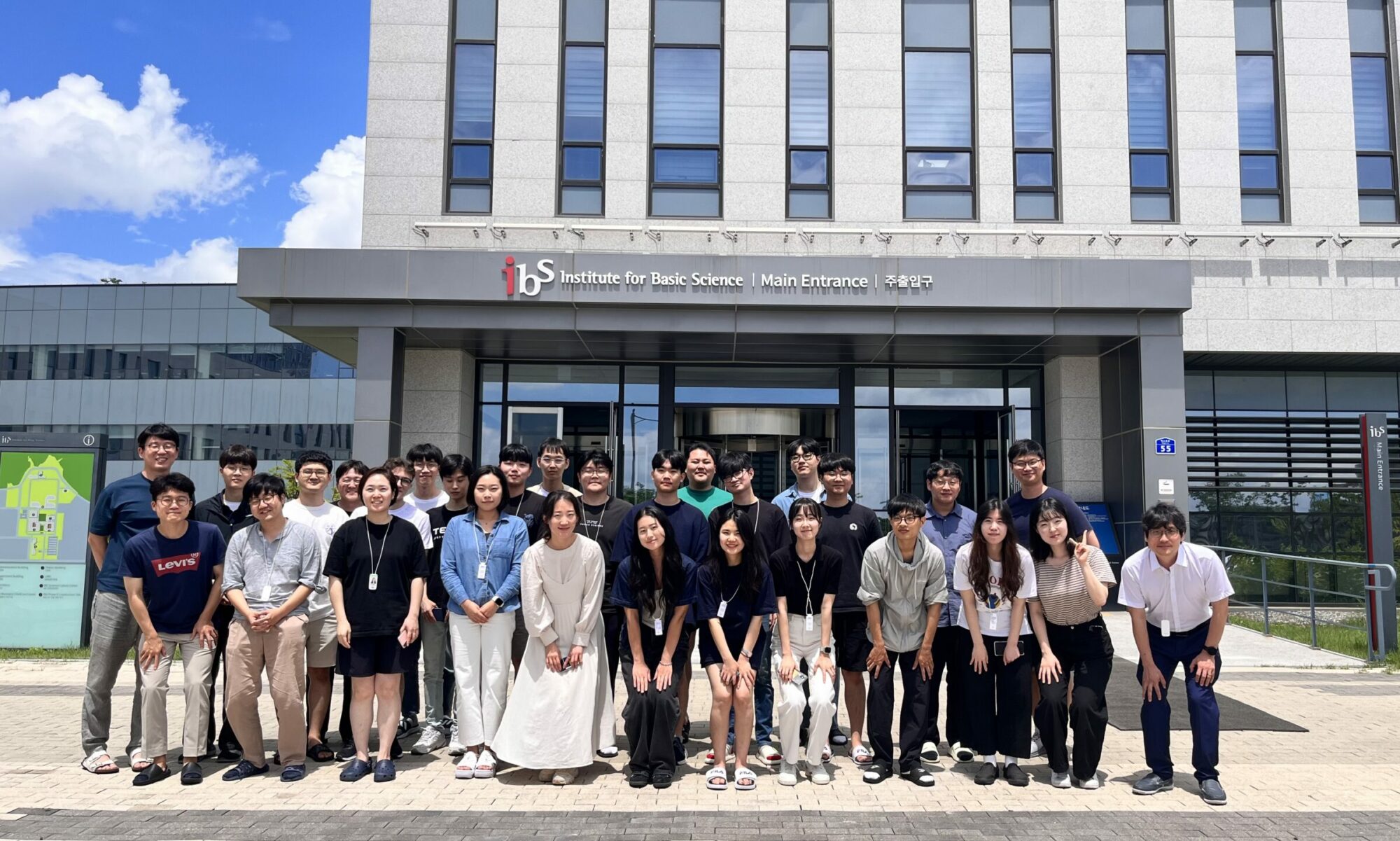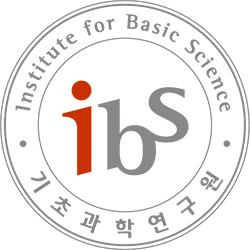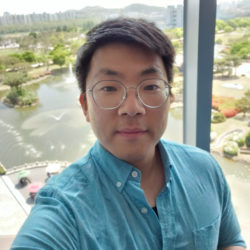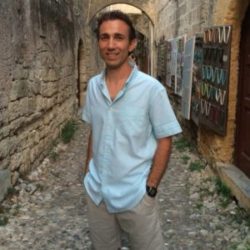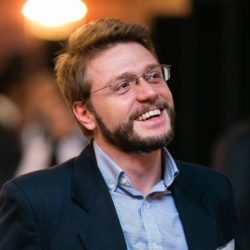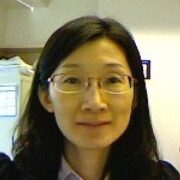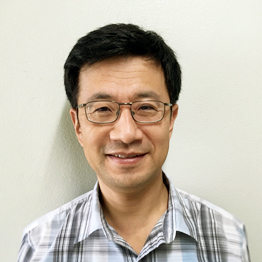Introduction to Bayesian ML/DL, with Application to Parameter Inference of Coupled Non-linear ODEs – Part 1
B305 Seminar room, IBS 55 Expo-ro Yuseong-gu, Daejeon, Korea, Republic ofIn this talk, the speaker will present introductory materials about Bayesian Machine Learning. Abstract Gaussian process(GP) is a stochastic process such that the joint distribution of an arbitrary finite subset of the random variables is a multivariate normal. It plays a fundamental role in Bayesian machine learning as it can be interpreted as a prior …
